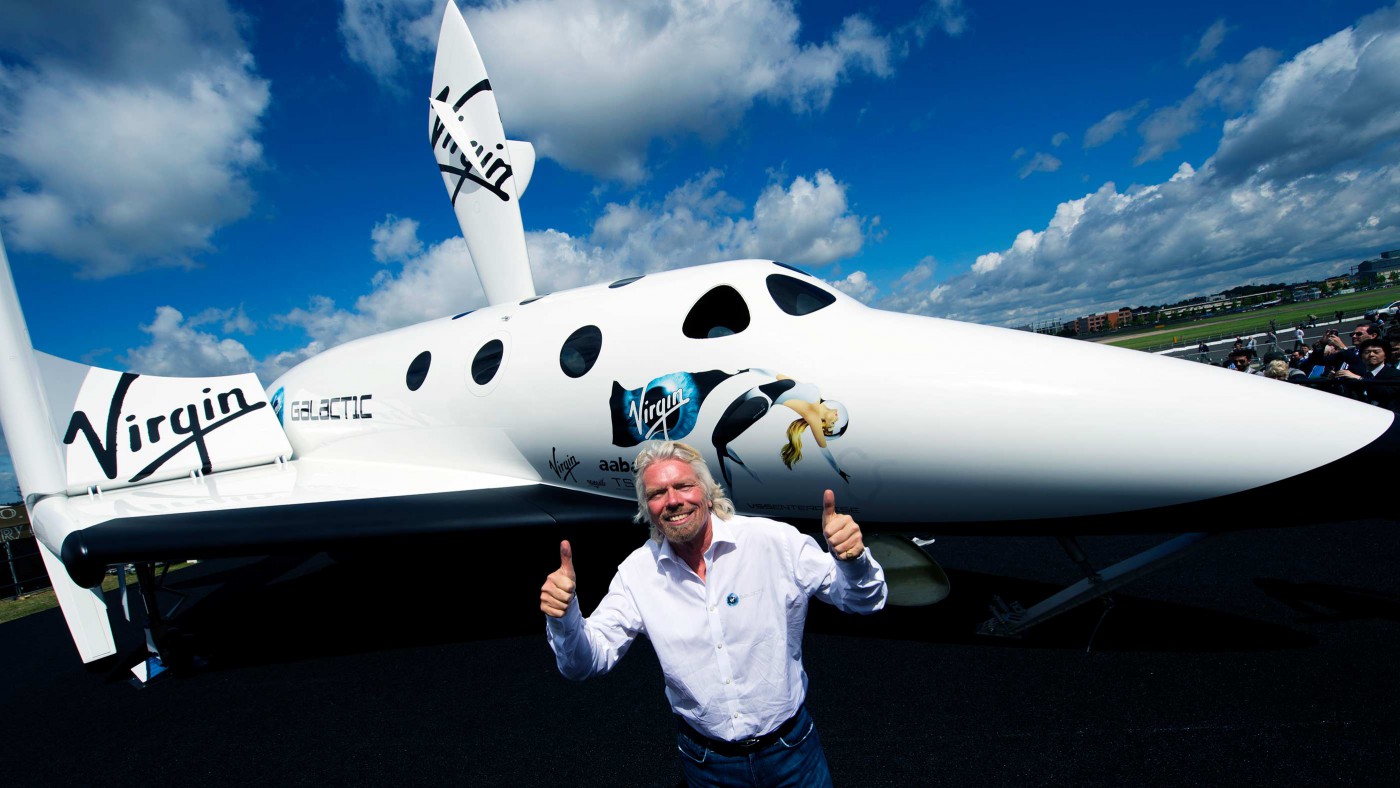The space industry is in shock after Antares, a rocket developed by the Orbital Sciences Corporation, crashed unexpectedly on Tuesday. We do not yet know why, but so far the focus has been on the damage, and how much time and money are needed to repair it.
Expect outcries that this is what happens when governments outsource space exploration to private companies, and questioning over what business Orbital had in ferrying supplies to astronauts on the International Space Station in the first place.
Never mind that NASA itself does not have a perfect track record, that mistakes in such a cutting-edge industry are inevitable, or that no one was injured. Critics of the privitisation of space are determined to keep space exploration safe in the hands of the US government. Except that NASA hasn’t used its own equipment for space travel since 2011, but has instead been reliant on Russia, paying $70 million per lift on the Soyuz spacecraft. Given the current less-than-warm relations between Russia and the rest of the world, this is far from ideal, and indeed NASA announced in April it would be cutting most of its ties with Russia after their annexing of Crimea.
The fact is that space travel is astronomically expensive. Literally. NASA’s Space Shuttle Program cost nearly $200 billion before it was discontinued in 2011. The average flight cost was $1.5 billion (in 2010 dollars). That’s a price tag picked up by US taxpayers. While space exploration is undeniably exciting, offering huge potentials for scientific advancement, can you really argue it’s more valuable than building roads, or educating the next generation, or simply cutting taxes?
(Comparatively, NASA paid Orbital a total of $288 million to build the space shuttle service, with the company contributing another $150 million of its own money. Two successful missions were completed before Tuesday’s crash, and it would only have taken two more to make Orbital cheaper than Soyuz.)
If you’re still in doubt, it might be worth considering who is behind the private sector’s foray into the space industry. Orbital, for example, was founded by three entrepreneurs who met at the Harvard Business School. But Orbital is not the only private space company to win a NASA contract. Its main competitor, SpaceX, also developed a spacecraft capable of transporting supplies and passengers to the International Space Station, which completed its first space flight in December 2010, making history as the first privately-funded company to launch, orbit and recover a spacecraft. Is the founder of SpaceX a government scientist or an ex-NASA engineer? No, it’s Elon Musk, co-founder of PayPal and chief project architect of Tesla Motors.
Meanwhile, Richard Branson’s Virgin Galactic plans to kickstart the space tourism industry, with personal flights priced at $250,000 for next year. And Blue Origin, whose aim is to decrease the cost and increase the safety of human spaceflight, was set up by Amazon-founder Jeff Bezos, who has invested over $500 million of his own money.
Who would you rather took on the awe-inspiring challenge of making space travel a reality: these entrepreneurs, or state-funded government programmes? Would you want private investors or taxpayers footing the bill? The answer should be obvious. In a field where so much is unknown, where success always seems just around the corner, and where the costs are crippling, we need entrepreneurs with a proven ability to innovate and adapt, not governments mired by political restrictions who expect their citizens to pay for their mistakes. The space industry demands efficiency like no other, and requires those who know how to maximise productivity – people like Musk, Branson and Bezos.
It should come as no surprise that revolutionary technology for reusing orbital launch systems has come from SpaceX. The company announced its plan in 2011, completed the designs by 2012, began testing in 2013, and is currently running extensive trial programmes. If successful, this technology will enable rockets to be reused hours after return, similar to aircrafts. SpaceX’s Falcon 9 rockets are already the cheapest out there ($56.7 million per launch), and this reusable technology could drop the price by 90% – SpaceX President and COO Gwynne Shotwell has said: “If we get this right, and we’re trying very hard to get this right, we’re looking at launches to be in the 5 to 7 million dollar range, which would really change things dramatically.” Imagine a government programme cutting its costs by 90%.
This does not mean that there is no role for states as we explore this new frontier, only that we must be realistic about who is best-suited to make the breakthroughs. NASA’s contracts are far from perfect, and New Mexico’s taxpayers are still paying for the space port Virgin Galactic plans to operate from, but the precedent for collaboration between state and private sector is emerging. How we choose to structure this new relationship is up for debate, but if we take it for granted that private companies have made air travel as cheap and convenient as it is today, we should accept that the same is possible with space. The Antares crash is a failure, but it’s the type of failure that comes with technological progress. The privatisation of space is propelling us, if not to infinity and beyond, then forwards, upwards, and into the unimagined.


